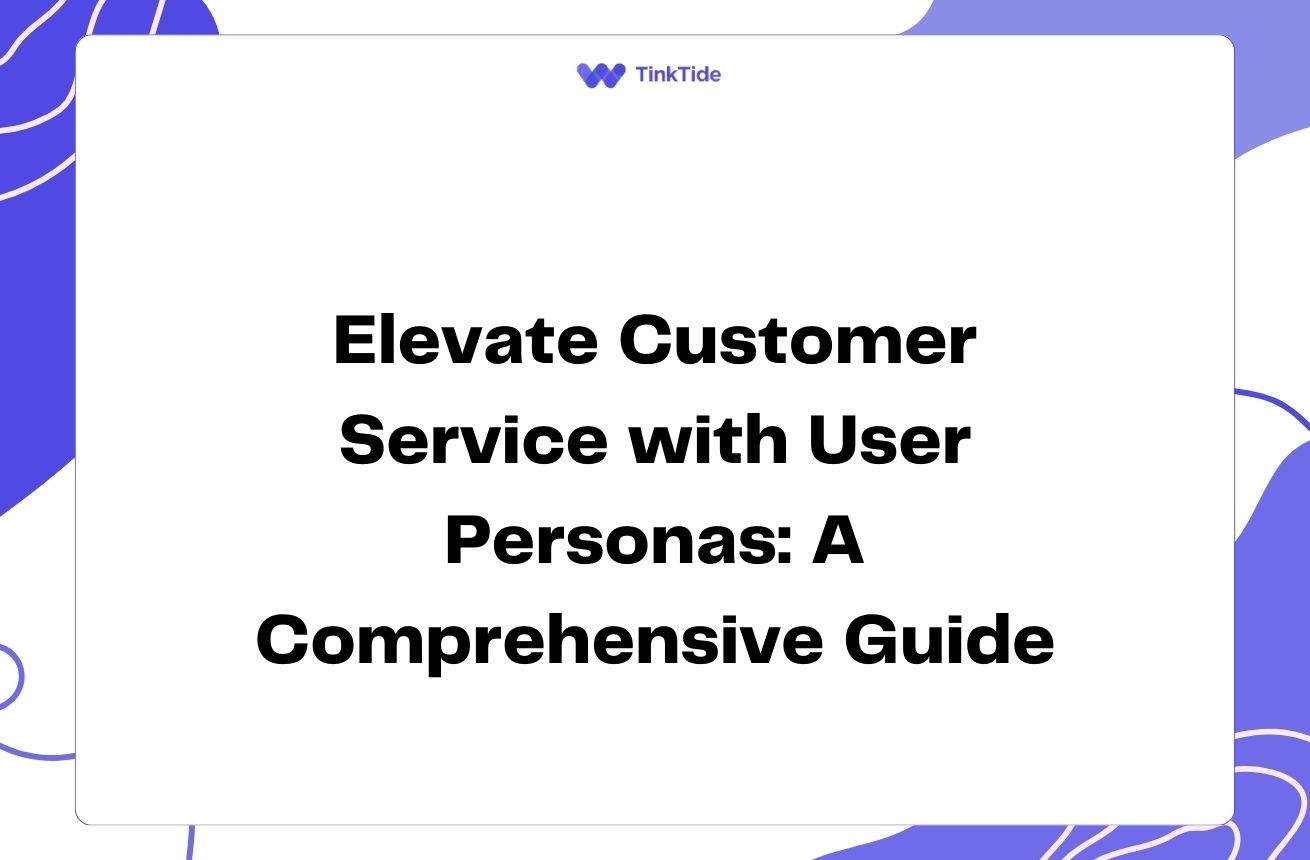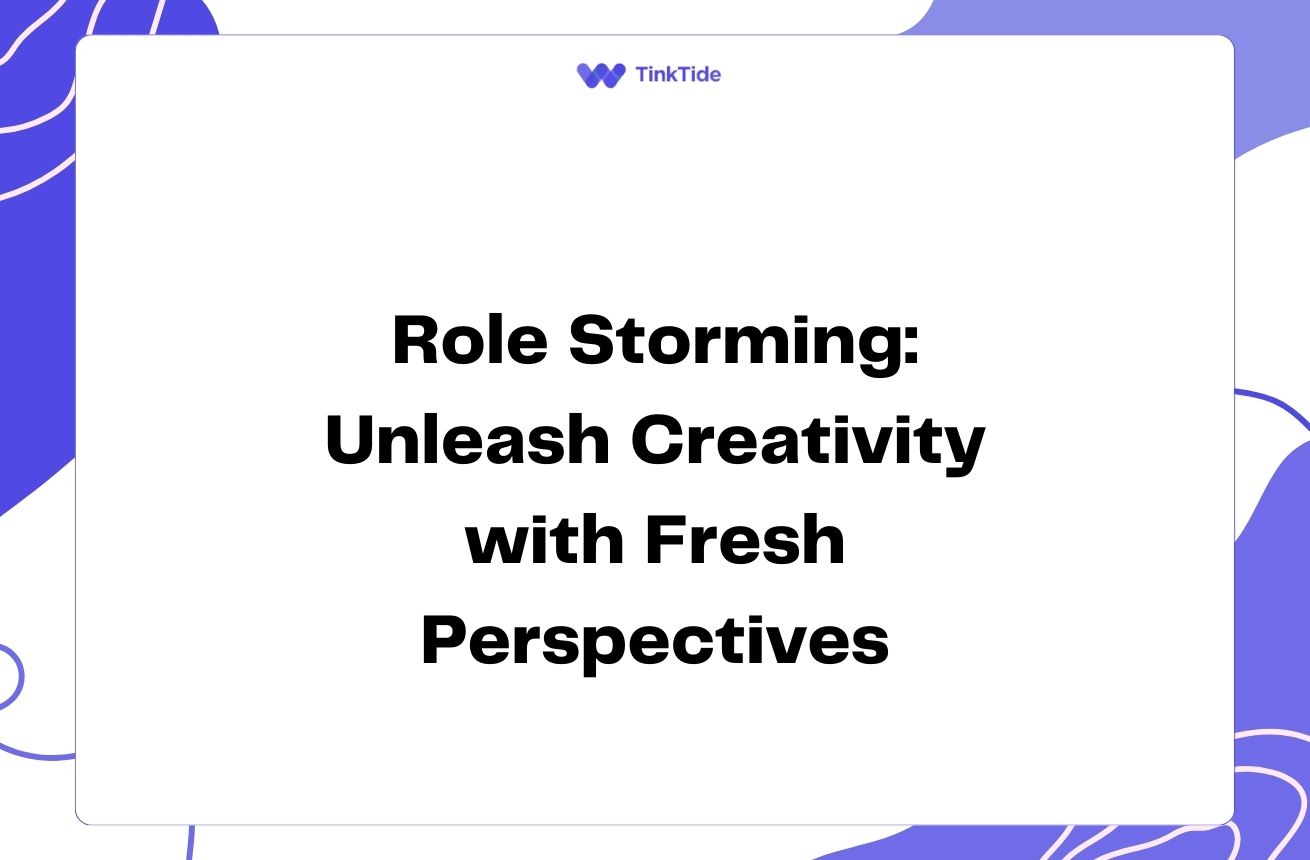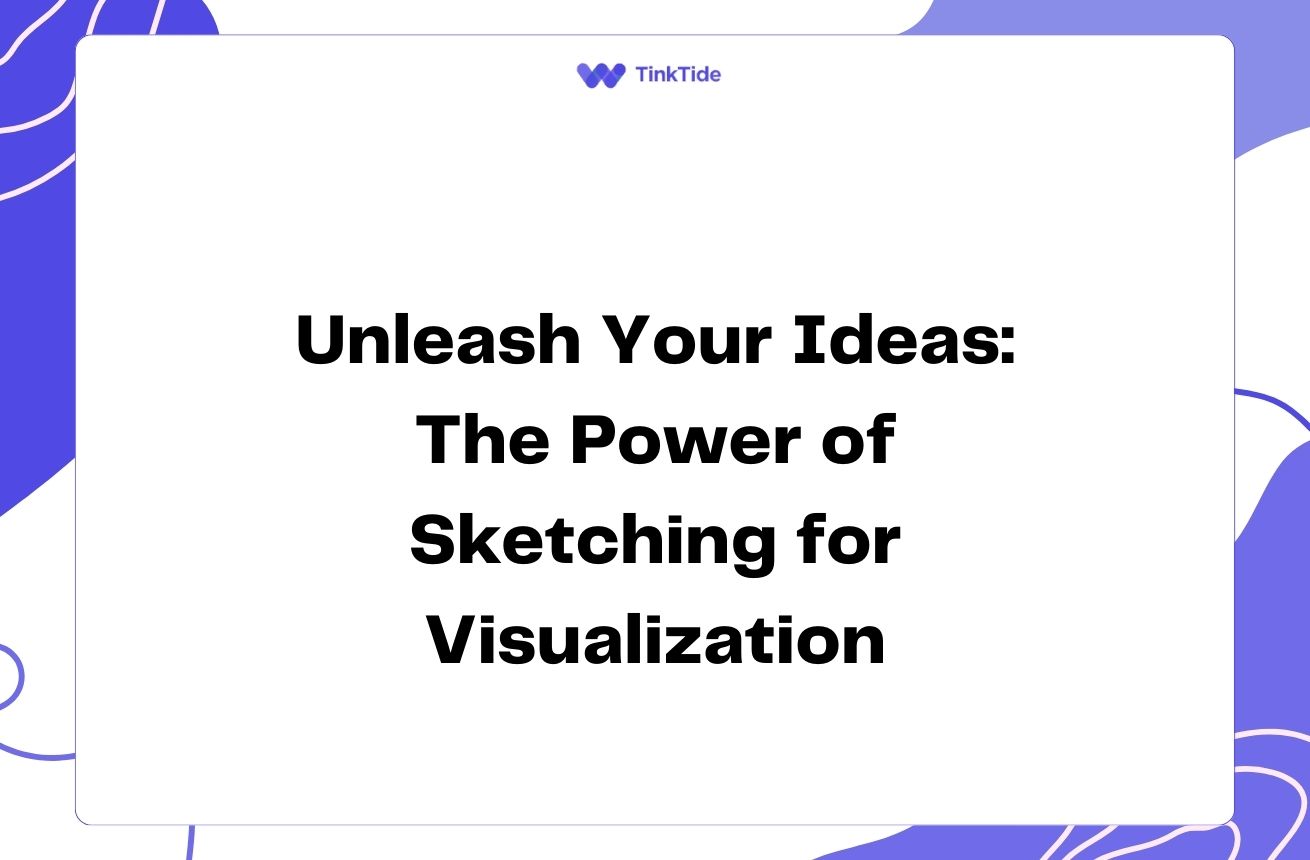Master Visual Storytelling with Mind Maps: Captivate Your Audience
The Power of Visual Storytelling
Visual storytelling is a powerful tool for communicating complex ideas and engaging your audience. By combining compelling narratives with visual elements, you can create a memorable and impactful experience for your viewers. One effective method for visual storytelling is the use of mind maps, which can help organize information in a visually appealing and easy-to-understand format.
Mind maps are diagrams that visually represent information and ideas, showing relationships between different concepts. They typically start with a central idea and branch out into related subtopics, creating a tree-like structure. This visual organization can help your audience grasp complex ideas more easily and retain information better.
When used for visual storytelling, mind maps can help you create a clear narrative structure, highlight key points, and show connections between different elements of your story. This approach can be particularly effective in presentations, workshops, and educational settings, where engaging your audience and conveying information clearly are crucial.
Benefits of Using Mind Maps for Visual Storytelling
Incorporating mind maps into your visual storytelling toolkit offers several advantages:
- Enhanced audience engagement: Mind maps provide a visual focal point that can capture and maintain your audience's attention.
- Improved information retention: The visual nature of mind maps helps viewers remember key points and relationships between ideas.
- Clearer communication: Complex concepts can be broken down into more digestible chunks, making them easier to understand.
- Flexibility: Mind maps can be easily adapted and expanded as your story develops or in response to audience feedback.
- Creativity boost: The process of creating mind maps can spark new ideas and connections, enhancing your storytelling.
Creating Effective Mind Maps for Storytelling
To create compelling mind maps for visual storytelling, follow these best practices:
1. Start with a central idea: Begin your mind map with the main theme or concept of your story. This serves as the anchor for all other elements.
2. Use branches for key points: Create main branches stemming from the central idea to represent the major sections or plot points of your story.
3. Add sub-branches for details: Expand on each main branch with sub-branches that provide additional information, examples, or supporting details.
4. Incorporate visual elements: Use colors, icons, and images to make your mind map more visually appealing and to reinforce key concepts.
Integrating Mind Maps into Your Storytelling Process
To effectively use mind maps in your visual storytelling, consider the following steps:
- Brainstorm your story: Use a mind map to generate and organize ideas for your narrative.
- Outline your presentation: Create a high-level mind map to structure your story and ensure a logical flow.
- Develop key visuals: Use mind maps to design infographics or other visual aids that support your story.
- Present your story: Incorporate mind maps directly into your presentation to guide your audience through the narrative.
- Facilitate discussions: Use mind maps as a collaborative tool during Q&A sessions or group activities.
Tools for Creating Mind Maps
There are numerous tools available for creating mind maps, ranging from simple pen-and-paper methods to sophisticated digital applications. Some popular digital mind mapping tools include:
- MindMeister: A collaborative online mind mapping tool with real-time editing capabilities.
- XMind: A versatile mind mapping software with a clean interface and various export options.
- Coggle: A user-friendly, web-based mind mapping tool with real-time collaboration features.
- MindMup: A free, open-source mind mapping tool that integrates with Google Drive.
- Lucidchart: A diagramming tool that includes mind mapping features and integrates with various productivity apps.
Enhancing Your Mind Maps for Maximum Impact
To make your mind maps even more effective for visual storytelling, consider these advanced techniques:
1. Use color coding: Assign different colors to various branches or themes to help viewers quickly identify and differentiate between key elements of your story.
2. Incorporate multimedia: Add links to videos, audio clips, or interactive elements to create a more immersive storytelling experience.
3. Create multiple layers: Use collapsible branches or linked mind maps to reveal information progressively, maintaining audience engagement throughout your presentation.
4. Animate your mind map: If using digital tools, consider animating the appearance of branches and elements to guide your audience through the story in a controlled manner.
Address common questions
Here are some frequently asked questions about using mind maps for visual storytelling:
How can mind maps improve my storytelling?
Mind maps can enhance your storytelling by providing a visual structure for your narrative, helping you organize ideas more effectively, and making complex information more accessible to your audience. They can also stimulate creativity and help you discover new connections between different elements of your story.
Are mind maps suitable for all types of stories?
While mind maps can be adapted to various storytelling contexts, they are particularly effective for non-linear narratives, complex topics with multiple interconnected ideas, and presentations that require audience participation or interaction. However, they may be less suitable for highly sequential or time-based stories.
How can I make my mind maps more visually appealing?
To enhance the visual appeal of your mind maps, use a consistent color scheme, incorporate relevant icons or images, vary the thickness of branches to indicate hierarchy, and maintain a balanced layout. Also, consider using high-quality graphics and fonts that are easy to read.
Can mind maps be used for collaborative storytelling?
Yes, mind maps are excellent tools for collaborative storytelling. Many digital mind mapping tools offer real-time collaboration features, allowing multiple users to contribute ideas, add branches, and refine the story structure together. This can be particularly useful for team presentations or group projects.
How do I present a mind map effectively to my audience?
When presenting a mind map, start with the central idea and gradually reveal branches as you progress through your story. Use the mind map as a visual guide, but avoid reading directly from it. Instead, elaborate on each point while referencing the map to maintain audience engagement and provide context for your narrative.
Provide additional resources
The Mind Map Book
A comprehensive guide to mind mapping techniques by Tony Buzan, the inventor of modern mind mapping.
Visual Storytelling: The Complete Guide
An in-depth article on visual storytelling techniques and best practices.
TED Talk: The Beauty of Data Visualization
A inspiring talk on the power of visual communication in conveying complex information.
Mind Mapping for Business
A collection of articles on using mind maps in various business contexts, including presentations and storytelling.
Visual Thinking: Empowering People & Organizations through Visual Collaboration
A book exploring the benefits of visual thinking and collaboration in various professional settings.
Summarize key takeaways
Mind maps are powerful tools for visual storytelling, offering a unique way to organize information, engage your audience, and enhance information retention. By incorporating mind maps into your presentations and storytelling process, you can create more compelling and memorable narratives.
Remember to start with a central idea, use branches to represent key points, and incorporate visual elements to make your mind maps more engaging. Experiment with different tools and techniques to find the approach that works best for your storytelling style and audience.
As you continue to refine your visual storytelling skills, don't be afraid to push the boundaries of traditional mind mapping. Combine mind maps with other visual storytelling techniques, and always seek feedback from your audience to improve your approach. With practice and creativity, you'll be able to captivate your audience and convey complex ideas with ease.
Elevate Your Visual Storytelling Skills
Ready to transform your presentations with mind maps? Start your free trial of Tinktide today and unlock powerful visual storytelling tools.
Start Your Free Trial

